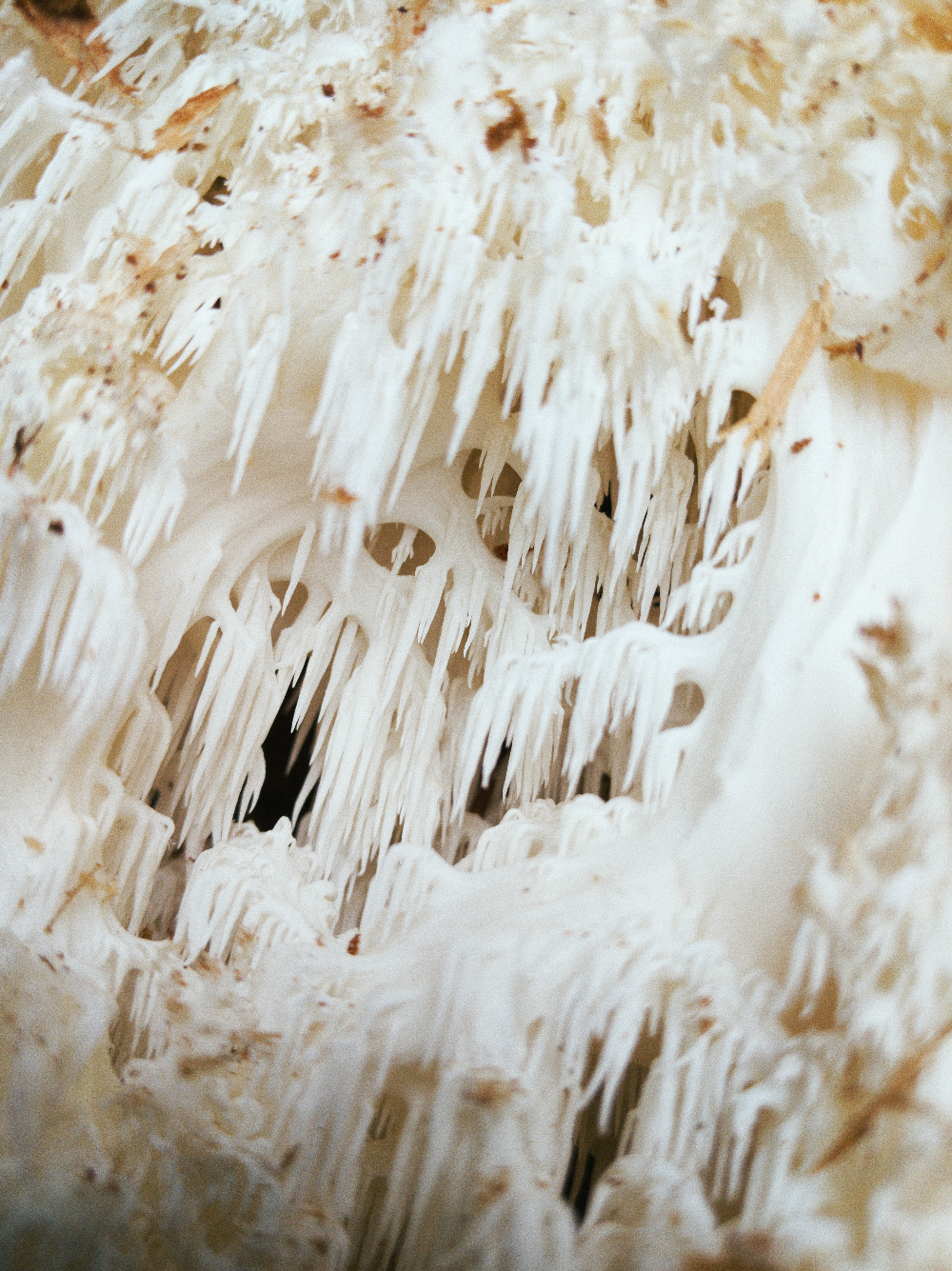The Ganoderma lucidum mushroom may be able to be used in electronics, providing a sustainable alternative to traditional components.
Mushrooms have been quite popular as of late with U.S. states gradually approving psychedelics for therapeutic use. Oregon became the first state, followed by Colorado, and others are sure to follow. However, this isn’t the only exciting news emerging for mushrooms. Now, scientists are saying that the skin and legs of a certain type of fungi could possibly cover and provide a sustainable replacement for insulative substrates in computing chips. This is exciting news for environmentalists and others who are always looking for ways to reduce waste and pollution as computers continue to be mass produced.
Scientists are hoping that this biodegradable alternative can be inserted into common components like a computer microchip, eventually replacing unsustainable cover options. They’ve found that “peeling the skin off the mycelium of the mushroom can protect chips from heat up to 392°F (200°C.),” the team, from Johannes Kepler University in Austria, wrote.Once it’s dried out, the skin is not only heat resistant, but able to last for years to come. Moreover, it can hold up despite being bent and folded thousands of times.

The research team, who published their study in Science Advances, focused on a specific type of mushroom, the Ganoderma lucidum, which grows on dead rotting wood in European mountains. This type of fungi produces a fibrous skin to protect the wood in which it grows. The same skin can be peeled from the wood and used to protect microchips. This would replace the current non-recyclable plastic coatings that have traditionally been used. Computers are not only being mass produced, but they generally have a very short lifespan. Increasing this lifetimes or, in this case, inserting compounds that can break down naturally, would equate to less environmental waste. .
“The vast number of devices produced every day along with the decrease of their lifetime inevitably results in the generation of enormous amounts of electronic waste,” the authors wrote. “Circular economy and recycling concepts alone cannot solve the growing waste crisis. Electronics research, and especially electronic materials research, thus must shift its focus from strictly high-functionality concepts to sustainable, cost-effective approaches.”
The mycelium skin offers a protective layer on the wood in which it grows in order to prevent it from an invasion of bacteria. Unlike any traditional chip cover, it naturally breaks down in a normal compost pile even after being dried. Total decomposition takes only ten days while traditional components may never wear down.
According to the researchers, “The skin is slightly less-insulative than plastic, but can still withstand high temperatures.” Furthermore, “it can be grown from the loads of cast off wood from lumber production.”
Mycelium can develop from a single spore and grows rampant in rotting wood as well as underground. Because of this, it is abundant in many areas. The team has stated that they believe this type of mushroom can be used successfully in products that do not need a long-lasting electrical circuit such as “wearable health monitors and near-field communication (NFC) tags” for electronic devices. They cited that they are still in the process of creating more sustainable uses for mycelium.
Sources:
Scientists Have Used Mushrooms to Make Biodegradable Computer Chip Parts
MycelioTronics: Fungal mycelium skin for sustainable electronics


Join the conversation!